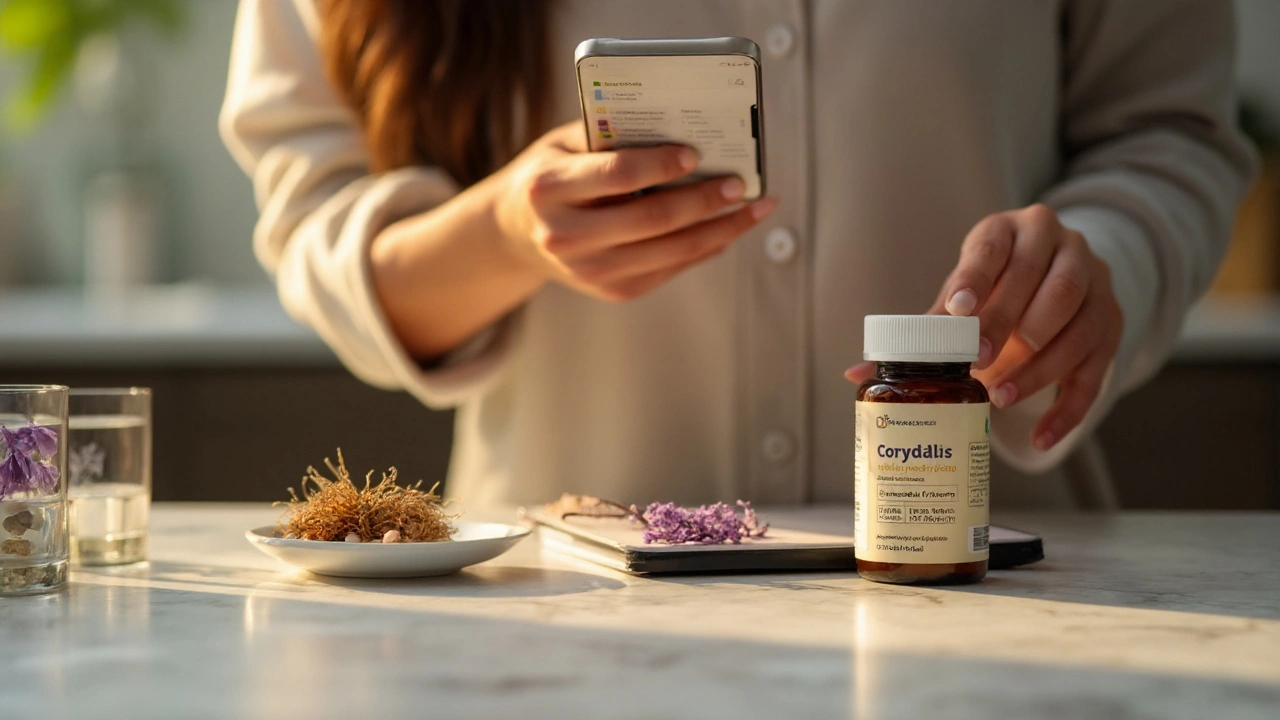
Corydalis Benefits, Uses, Dosage, and Safety (2025 Guide)
Curious about Corydalis? Get a clear, evidence-based guide to benefits, safe dosage, side effects, and how to pick a quality supplement-updated for 2025.
If you’ve heard about corydalis for pain relief, you’re not alone. It’s a herb that many people turn to for headaches, menstrual cramps, or general aches. But like any supplement, it isn’t risk‑free. Knowing the right way to take it can keep you from unwanted side effects and make the herb work better for you.
Start with the lowest dose the label recommends—usually 100 mg of powdered root or an equivalent capsule. Take it with food to lessen stomach upset. If you feel good after a few days, you can slowly increase the dose, but never go above the maximum listed on the product. Avoid mixing corydalis with strong sedatives, alcohol, or any medication that already makes you sleepy. Those combos can amplify drowsiness or cause dizziness.
Pregnant or breastfeeding people should skip corydalis altogether. There’s not enough research to prove it’s safe for a developing baby. If you have liver disease, kidney problems, or a bleeding disorder, check with your doctor first—corydalis can put extra strain on these organs. People on blood thinners like warfarin should be especially careful because the herb may interfere with clotting.
Common side effects include mild nausea, a dry mouth, or a light‑headed feeling. Most of the time these go away after a few doses. If you notice a rapid heartbeat, severe stomach pain, or an allergic rash, stop using it right away and contact a health professional. Keeping a short symptom diary can help you spot patterns early.
When you buy corydalis, look for reputable brands that list the exact amount of alkaloids, not just “herbal extract.” Third‑party testing seals are a good sign the product is pure and free of contaminants. Avoid cheap bulk powders from unknown sellers; the quality can vary wildly and may contain harmful fillers.
Here’s a quick checklist before you start:
Following these simple steps gives you a better chance of getting pain relief without the hassle of side effects. Corydalis can be a helpful addition to your wellness toolkit—just treat it like any other medication and respect the safety guidelines.

Curious about Corydalis? Get a clear, evidence-based guide to benefits, safe dosage, side effects, and how to pick a quality supplement-updated for 2025.